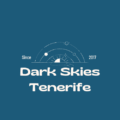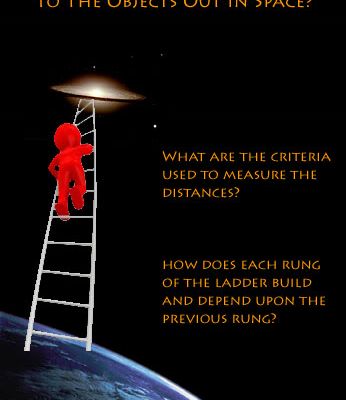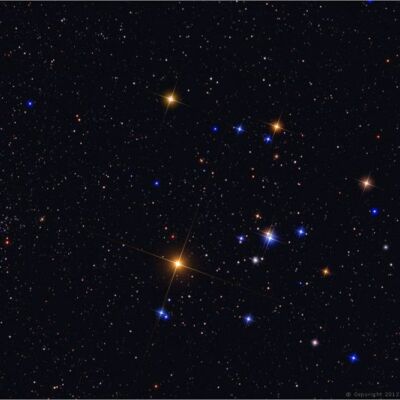I want to start by wishing you all a very happy new year. I’ve been asked over this Christmas period by so many people, “But how do you know its that far away” that I have had to dig out my course notes and today I hope to explain just how we do measure distances in observational cosmology. The only answer I could give on the spot was geometry for the closest objects and then we use the Distance Ladder. On closer look by a colleague, he had stumbled across parallax and this is the first rung of our ladder.
Well there are lots of ways to measure distances in astronomy, but most only work over a limited range of distances. So, typically, we must use a whole series of different measures, starting with close-in measures and using them to calibrate the further measures, which in turn calibrate measures that work at even greater distances.
Rung 1: Parallax
The simplest method is parallax. As the Earth moves around the Sun, it causes our viewing angle to slightly shift, making nearby stars appear to move relative to far-distant background stars. The parallax angle is defined as the difference in apparent position you would get if the Earth moved by one astronomical unit (the Earth moves by two astronomical units as it goes around the Sun, so the observed angular shift will be twice the parallax angle). If the parallax angle of a star is one arcsecond, it lies at a distance of one parsec (by definition).
Unfortunately, space is very big – there are no stars within a parsec of the Earth. So, parallax angles are typically very small and hard to measure. Even the best ground-based telescopes can only measure parallaxes to a handful of nearby stars. Space missions like Hipparchos extended it out a little further, crucially including the nearest star cluster, the Hyades.
” Now of course, this is the arguably hardest thing in observational
astronomy, getting distances. You want to get a fight going between two astronomers, ask
them how did you measure the distance? “
- Paul Francis
Why Dark Skies Tenerife Guide?
- Bespoke Tour
- Hotel Pick up & Return
- Amazing Sunset
- High Altitude 2100 meters
- Nasa – “Window to the universe”
- Top 5 best destination in World to see the stars
- Qualified Insured Guides
- Laser guided tour of constellations
- 12″ Dobsonian Telescope Viewings
- Astrophotography Courses
- Astronomy Holidays
- Stargazing Pods overnight stay









